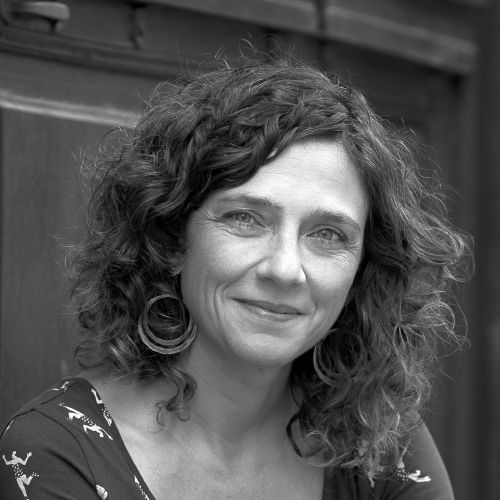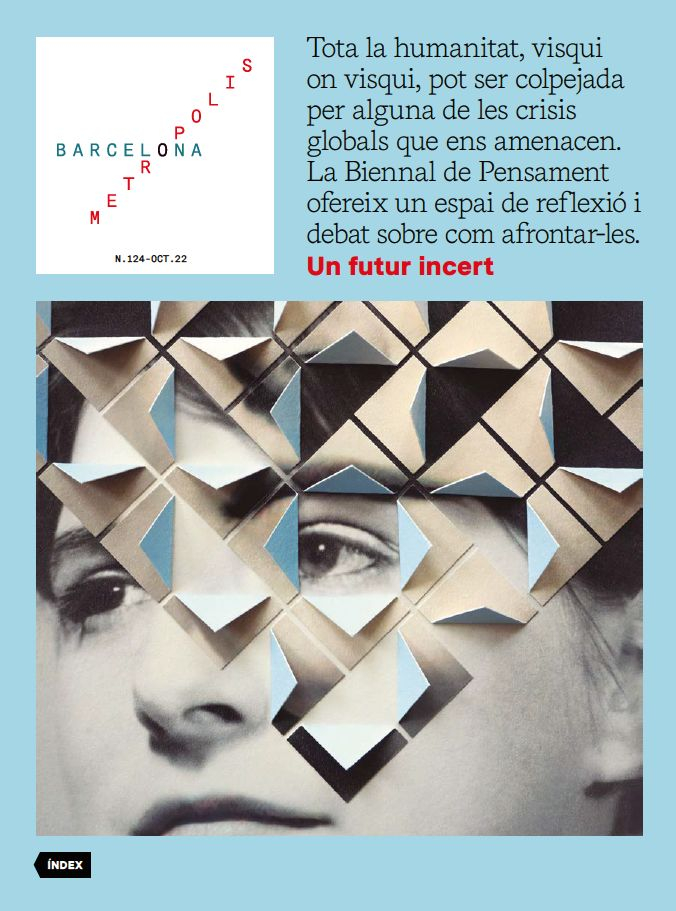A fascinating journey into the brain
- Culture Folder
- Exhibitions
- Oct 22
- 4 mins

Despite having the most intricate map of the brain to date, how it works continues to generate many philosophical and scientific mysteries. The exhibition Brain(s) invites us to answer and raise even more questions about how this organ works.
At the end of the 19th century, when scientists thought that the brain was a jumble of nerve fibres and couldn’t figure out how it worked, Santiago Ramón y Cajal discovered the neuron, the basic unit of this fascinating and extremely complex organ that produces the traits that define us as humans: language, consciousness, abstract thought, memory and creativity. His insight into the structure of the nervous system earned him the Nobel Prize for Medicine in 1906, and paved the way for modern neuroscience. In fact, since his discovery of the neuron in a small flat on Carrer del Notariat in Barcelona, where he spent long hours in front of a rudimentary microscope studying stains and samples, the pace of progress in this field of research has gathered tremendous momentum.
Despite the knowledge we have of the brain and the fact that we now have the most intricate map of grey matter to date, how the brain works continues to generate many philosophical and scientific mysteries: why do we dream, can consciousness be measured, how did evolution create the brain, will intelligence be augmented with chips?, as science fiction has proposed, and can the mind survive separate from the body?
These are some of the questions posed by the new exhibition Brain(s), on display at the Centre de Cultura Contemporània de Barcelona (CCCB) until 11 December this year. Produced by the CCCB, Madrid’s Fundación Telefónica and London’s Wellcome Collection, it is based on two previous exhibitions at the British museum, but has grown and expanded to address new questions by the physicist and biologist Ricard Solé. The latter is an Icrea [Catalan Institution for Research and Advanced Studies] research professor at Pompeu Fabra University (UPF), who curated the show in conjunction with Emily Sargent, director of exhibitions at the Wellcome Collection.
 Picture of a robot from the exhibition Brain(s) at the CCCB. © Martí E. Berenguer
Picture of a robot from the exhibition Brain(s) at the CCCB. © Martí E. Berenguer Two people seated at a table facing each other experience an optical illusion in the Brain(s) exhibition at the CCCB. © Martí E. Berenguer
Two people seated at a table facing each other experience an optical illusion in the Brain(s) exhibition at the CCCB. © Martí E. BerenguerCelebrating the key figure of the Aragonese doctor Santiago Ramón y Cajal, “a scientist on a par with Darwin or Pasteur, but who has been very poorly treated in Spain”, in Solé’s words, the exhibition invites us to take a fascinating journey into the brain and what it produces in the mind. Brain(s) is structured in three parts: the first, given over to the subject matter, focuses on the more anatomical issues, and deals with subjects such as the study of fossil skulls and cave art, which show the emergence of the symbolic mind. Richly documented with historical material, prints, drawings and photographs, ancient anatomical objects and period editions, such as those of Descartes or Ramón y Cajal himself, it also presents several technological analogies: the brain as a loom, an electrical network or a computer.
The second section is devoted to everything this complex organ generates. In this regard, for example, there is a piece by the filmmaker Joaquim Jordà that explores the lack of memories, and a series of self-portraits by the artist William Utermohlen?, affected by Alzheimer’s, which show how cognition is destroyed as the disease progresses. Also on display are current scientific research projects and art installations, such as that of the Laramascoto collective, based on the work of anthropologist Roger Bartra and his theory of the exocerebrum.
The third and final section explores non-human intelligences, such as artificial intelligence and the collective intelligence of starlings or ants, species that work together as if they were one mind, and that of brainless organisms, such as the Physarum fungus, capable of finding its way out of a labyrinth to find food.
Brain(s) brings together more than 300 pieces and establishes a dialogue between the work of some twenty artists, many of them internationally renowned local artists, such as Joan Fontcuberta, with current scientific projects and audiovisual and historical material. In short, “it is a fascinating journey into the world of the brain, undoubtedly the most complex, mysterious and unknown organ that produces human nature”, concludes Judit Carrera, director of the CCCB.
Brain(s)
Commissioners: Ricard Solé
and Emily Sargent
Centre de Cultura
Contemporània de Barcelona (CCCB)
Until December 11
The newsletter
Subscribe to our newsletter to keep up to date with Barcelona Metròpolis' new developments




